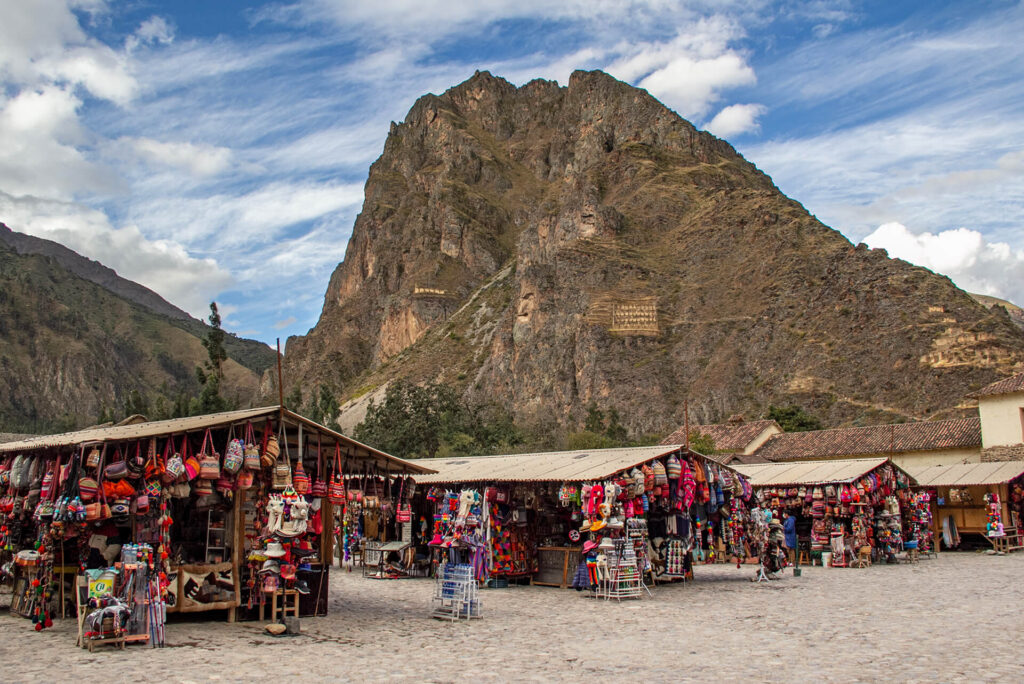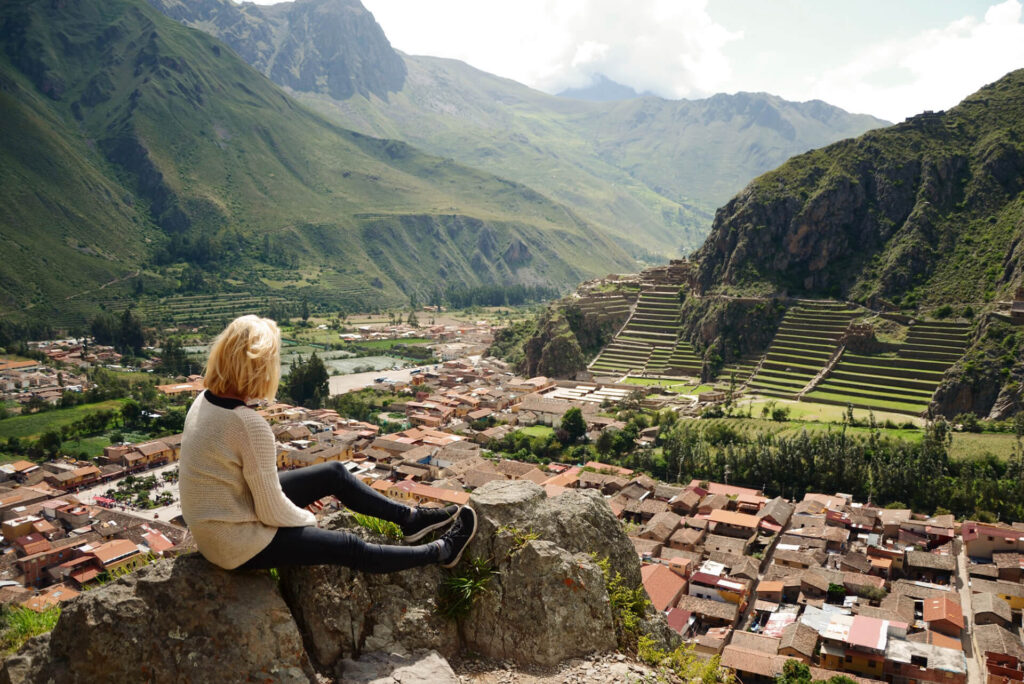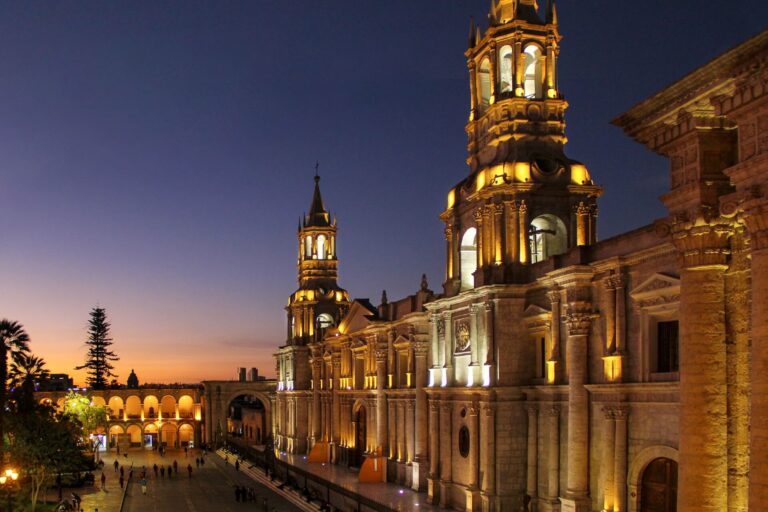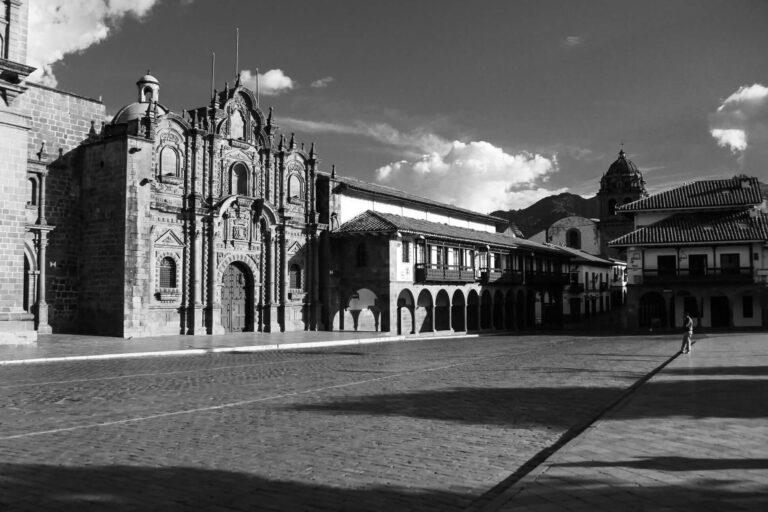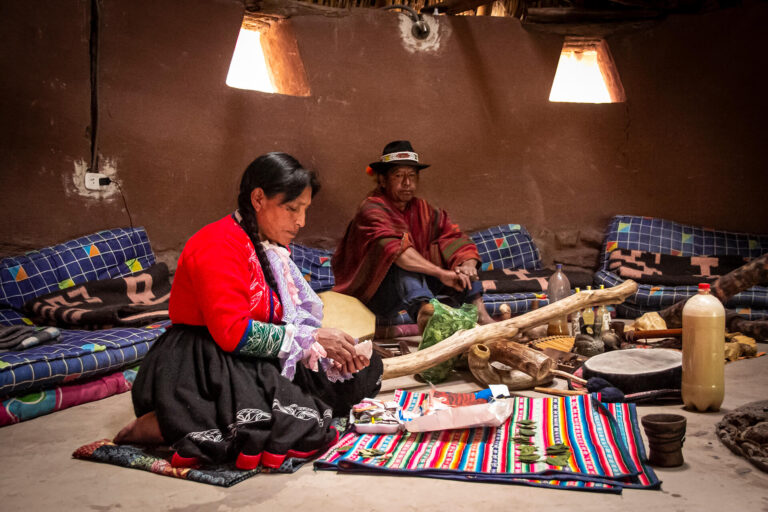The Sacred Valley of the Incas or Urubamba Valley is definitely one of the most visited places in Peru. Mostly because it’s located in the Cusco region and it goes from Pisac through Ollantaytambo and all the way to Machu Picchu. So people usually pass through the Sacred Valley when they go to or from Machu Picchu. But if you love hiking you can also do one of the treks to Machu Picchu and enjoy Sacred Valley a bit longer.
Why is the Sacred Valley sacred?
Well, it’s simple. The valley has rich soil and it’s irrigated by the Urubamba river which also formed the valley. Pre-Inca cultures chose this place to harvest their plants and eventually Incas too. Since the Inca capital city, Cusco is so close to this valley, it was a perfect place for cultivation. It was the most important area for cultivating corn because it is at a lower elevation. So no wonder, why this valley was sacred to them. And not just the valley, but also the river as the main source of crop irrigation. If you look well at the hills you will still see the stone terraces all over the valley that the Incas built.
1. Pisac
Pisac is a traditional village where the Sacred Valley starts. It’s well known not just for the ruins on a hill, but also for the traditional market with handmade textiles.
The ruins were occupied even before the Incas, but the Incas have done a lot of work and adapted the place according to their culture. Unfortunately, the Spaniards destroyed the complex, but you can still see some of the houses and beautiful stone terraces where you can easily get lost for many hours.
You can get to Pisac village from Cusco station of minivans or collectivos on Puputi street and they will drive you to the village within an hour. You should pay around 5 soles. Once you get to the village, just start heading up, pass by the ticket check, and hike up on the ruins. A spectacular view of the valley is guaranteed.
Admission: on the tourist ticket
Opening hours: Mo-Sun 7:00 am – 6:00 pm
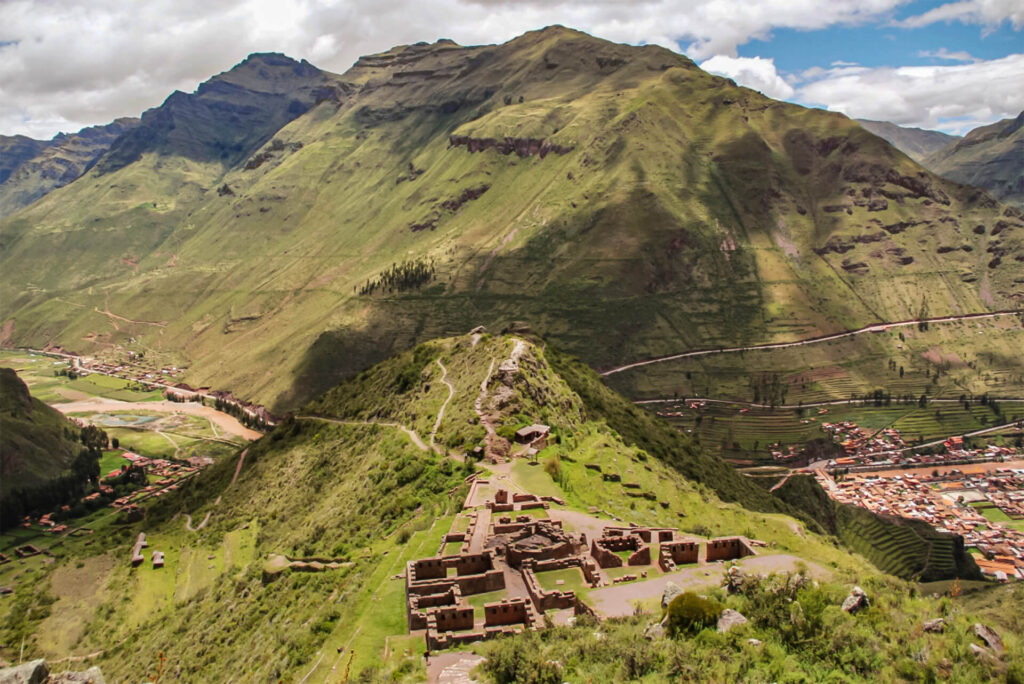
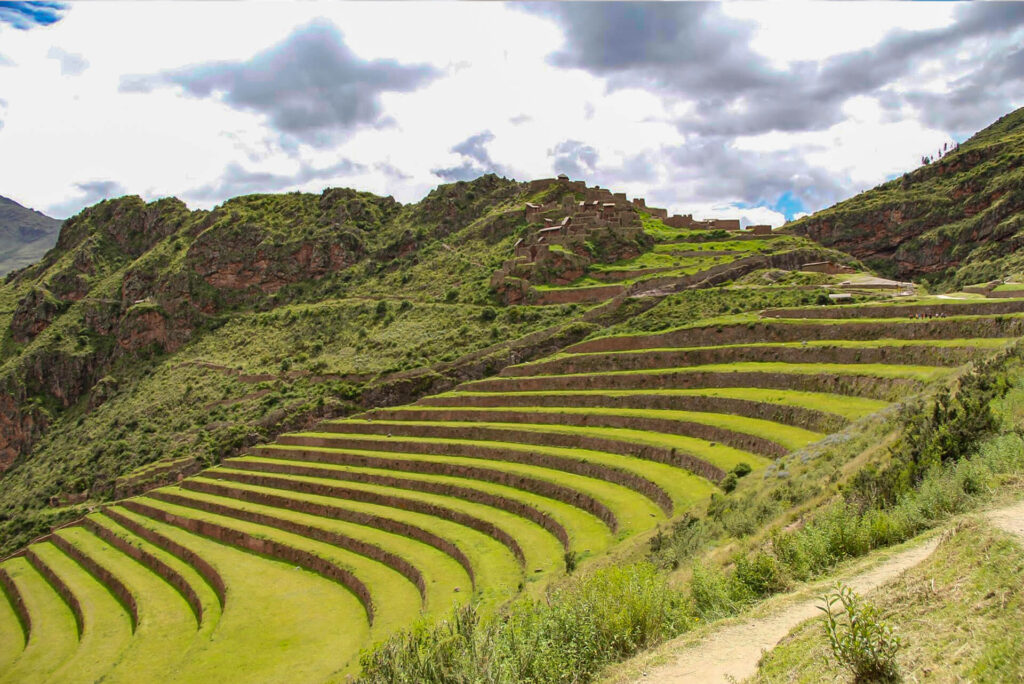
2. Chinchero
My favorite village in the Sacred Valley is because of its colorful market, a picturesque plaza with Inca terraces, and scenic views. The village was an important place in Inca times. The majority of the population speaks Quechua, so you will find here mostly indigenous people. Chinchero is well known for its colorful Sunday market that is less touristy than the one in Pisac.
From the main road, you will need to head up to the village as you reach a small square with an adobe church built upon an Inca palace. Be sure to have your tourist ticket, otherwise, they won’t let you pass even to the main square. If you miss the colorful Sunday market, bet that here you will find many women sitting around the square selling their clothes. But behind the main square are hiding perfectly shaped stone terraces that are used even these times. Chinchero is also believed to be the birthplace of the rainbow.
Admission: on the tourist ticket
Opening hours: Mo-Sun 7:00 am – 5:00 pm
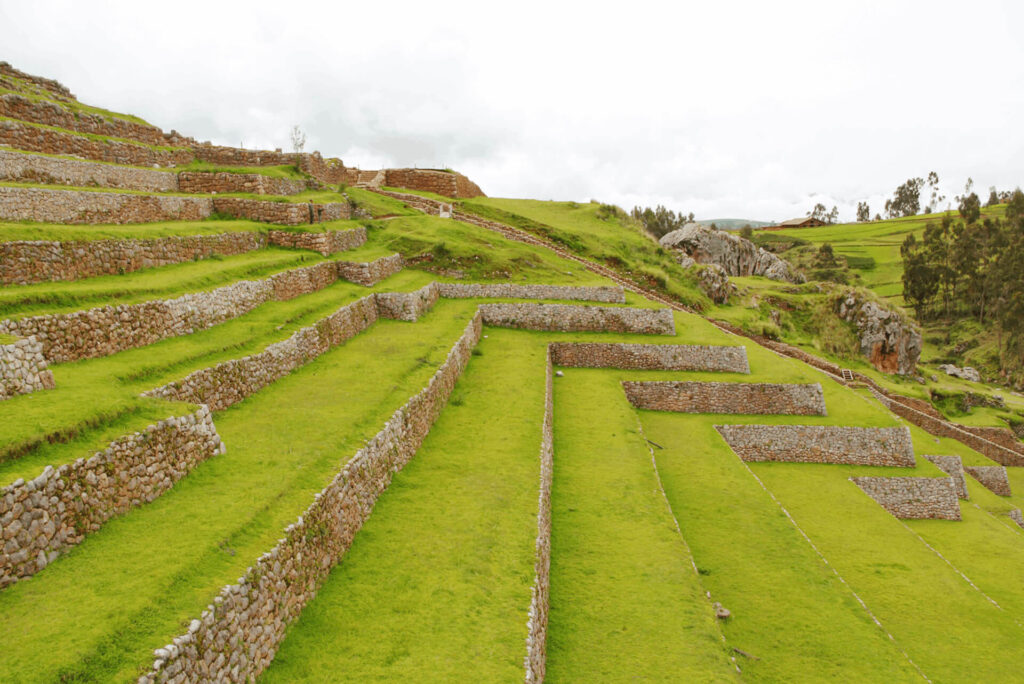

3. Moray
The impressively formed stone terraces whose purpose is uncertain. What is known is that the site was used by the Incas to grow crops at a different level. However, as the site is 30m deep it creates a temperature difference of around 15°C between the top and the bottom, so the effect is similar to that in modern greenhouses. The terraces are actually under the threat of erosion. A lot of precipitation during the rainy season causes damage as the water goes beneath the structure.
There are many ways to get there. You can buy a tour from Cusco, but you can also catch a collectivo to the village of Maras and from there hike to Moray ruins. The hike is not that frequent, so you will enjoy a spectacular view of the hills and snow peaks alone. A really popular way to get there is by quad bike which is quite fun.
Admission: on the tourist ticket
Opening hours: Mo-Sun 7:00 am – 5:00 pm
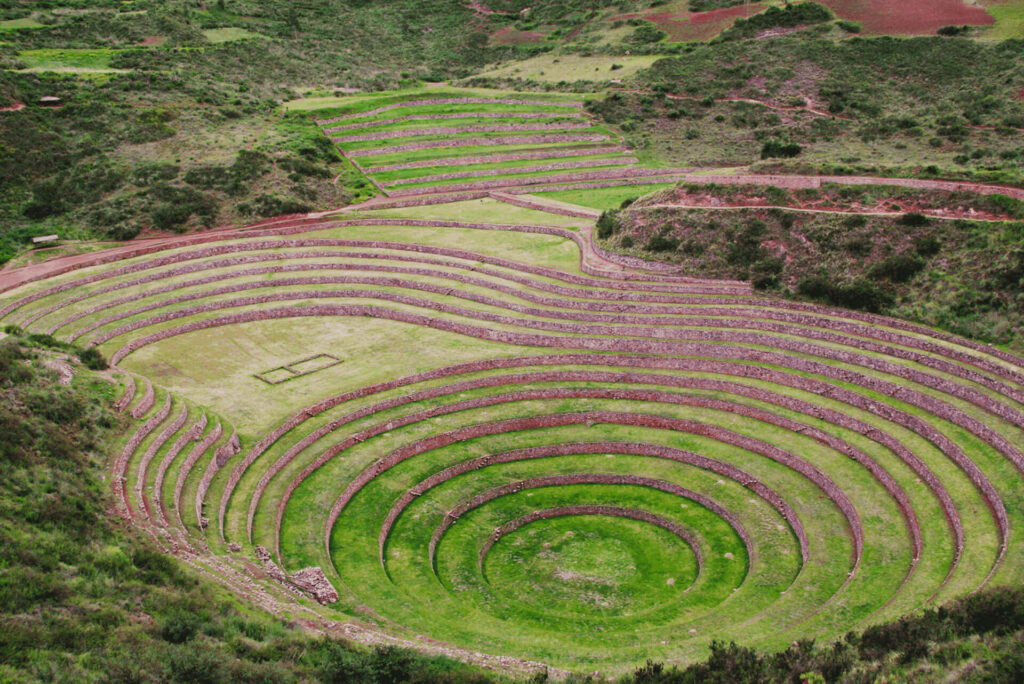
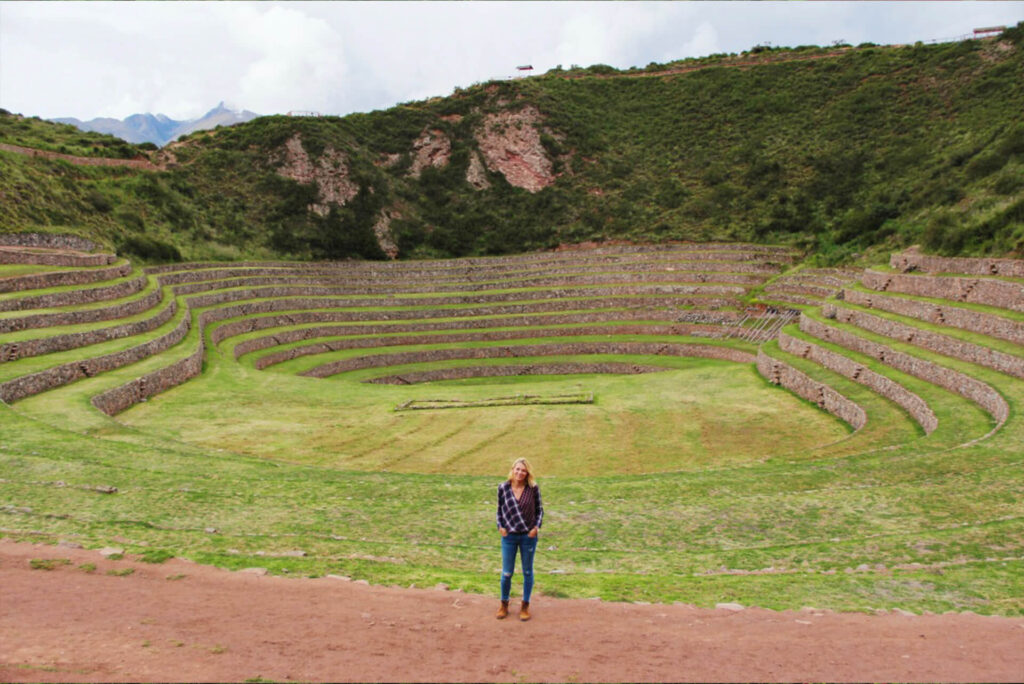
4. Maras salt mines
A really popular spot for tourists. Thousands of individual salt pools on a hill site date back to Inca times. These impressive salt mines have been used for around 500 years. The salt is accessible from an underground water flow brine.
The salt is mined by local communities after evaporation when the pools get dry and they can scrape the salt crystals. In addition, you can buy all types of salt at this place, there are some locals selling it and if you like, you can even go for salty chocolate.
There are two ways to get there, as it’s close to Maras village, you can take a collectivo from Cusco and either get off in Maras or in Urubamba. The shorter way is from Urubamba, but you still have to hike a bit. In case you want to get off in Maras, you will need to ask for a taxi to take you to the village for just a few soles and then hike to the salt mines.
Admission: S10 ($3)
Opening hours: Mo-Sun 7:00 am – 5:00 pm
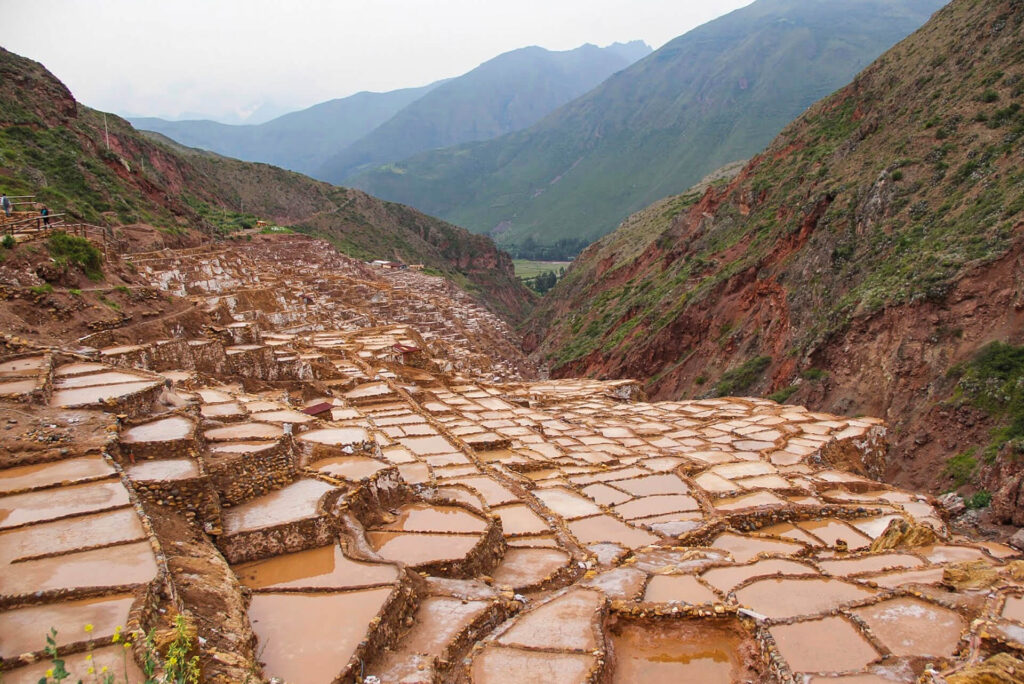
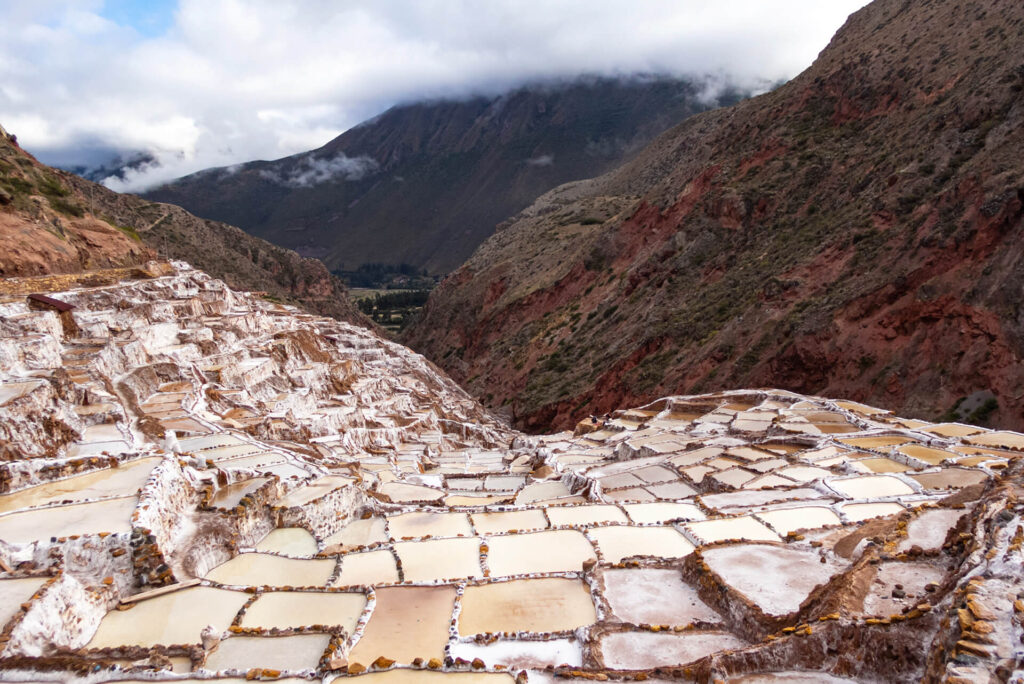
5. Ollantaytambo
Perhaps the most popular ruins in Sacred Valley and a really important place during the Inca Empire. The royal estate has the Temple of the Sun on the very top, storehouses, and many beautiful terraces visible from the town.
When the Spaniards arrived in Cusco, Ollantaytambo served as a temporary capital. Something really special you can find there is the Wall of the Six Monoliths which has been unfinished. The village has one of the oldest continuously occupied dwellings in South America. Ollantaytambo, or as locals call it, Ollanta, is the starting point of the Inca Trail.
Admission: on the tourist ticket
Opening hours: Mo-Sun 9:00 am – 3:00 pm
